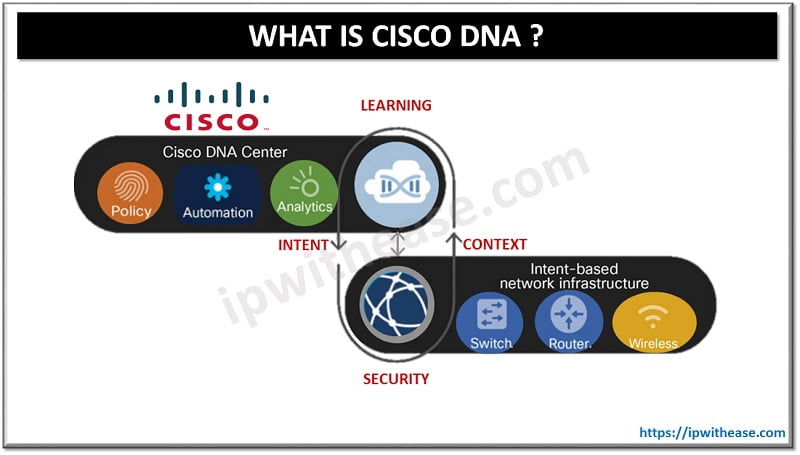Table of Contents
Agile and DevSecOps are both methods of implementation that aim to improve the efficiency of various processes. More specifically, they both aim to address specific aspects of the delivery process. However, Agile is a methodology that focuses on iterative development cycles while DevSecOps utilizes security and places it on the same level as continuous integration and delivery. Let’s take a look at some of the key differences in these perspectives, and how they can be best applied in a workplace.
What is Agile?
Agile is a methodology that has been around for sometime. It aims to improve the process of delivery through encouraging incremental changes in the business/development teams in order to produce a better product for the final user or customer. Agile is flexible, and it can be applied in a variety of development contexts.
Some of the key principles of Agile are embracing a changing environment, and ensuring close collaborations with developers and stakeholders. There is a focus on technical excellence throughout the process and efficiency is the main goal. However, security is usually not included in this definition of excellence, and therefore there is a need for DevSecOps to remedy this.
What is DevSecOps?
DevSecOps is a newer methodology that branches off from DevSec. The answer to what is DevSecOps is simply that it focuses on the integration of security features. In some ways you can think of it as an evolution or progression of the Agile methodology. It aims to improve the lead times and frequencies of delivery outcomes.
This is done through enhanced engineering practices, and through the promotion of greater cohesion and collaboration between development, security, and operations teams.
Differences Between DevSecOps & Agile
The core aim of both Agile and DevSecOps practices are fairly similar. They both aim to shift practices within a workplace through the promotion of enhanced collaboration between teams. Hypothetically, an organization can implement both Agile and DevSecsOps practices into their workplace, but it is vital to note that DevSecsOps can be successfully implemented in both Agile and non Agile environments. The main differences between them boils down to the importance of security.
You can think of Agile as a set of values that can change the way various departments think and work together. It directly affects project management practices and development. In a similar vein, DevSecOps also requires a shift in the culture of a workplace. It pushes for better collaboration between development and operations. The end result is a more effective release of products or projects. The incorporation of security allows for loopholes and weaknesses to be phased out early on. This results in a more efficient process.
Continuous integration and continuous delivery play a key role in the implementation of DevSecOps. These are also utilized in Agile frameworks. A DevSecOps environment results in practices that help to improve operations, cut down on the requirement for re-work, and better quality in the end product. The company is able to have better projects delivered earlier, and as a result are able to save money. When an organization places trust in DevSecOps they are giving security the same priority as continuous integration and delivery. The DevSecOps approach emphasizes security at the very start of a project. Additionally, it makes security a vital component in assessing overall software quality.
Implementing the DevSecOps Culture in a Workplace
Although Agile and DevSpecOps may differ in how they are applied in cycles, the end goals remain largely similar. However, DevSpecOps specifically focuses on the engineering aspects. Implementation of DevSecOps into a workplace can take time, but there are major benefits to be had. It first requires the acceptance of a cultural shift, and a deeper understanding on an organizational level. There needs to be a clear understanding of how work flows through an organization. Once this has been made explicit, an organization can start to see which restraints exist in their work, and also manage cooperation between departments in a more efficient manner.
The types of work that an organization undertakes can be simplified into four main aspects which are;
- Business Projects
- Internal Projects
- Operational Changes
- Unplanned Work
It is vital for an organization to be clear with how work flows between these different aspects. Coordination can be improved on a team level. For DevSecOps it means that Operations and Security team members must be engaged at the very start of a project. This engagement must be seen as high priority by the head of development. Since it will mean that any potential issues are caught and fixed much earlier, and with less effort expended. Having earlier knowledge of potential restraints to an organization means that the delivery of projects can be improved, and outcomes/compliance can be managed far better.
Agile practices can be implemented alongside a DevSecsOp approach. In fact, the Agile mindset can be beneficial in ensuring that work is properly organized when it is submitted through the continuous DevSecsOp cycles. It allows managers to reflect upon the engagements of a team, and means they can be more coordinated. This ensures a higher level of transparency at all levels of the delivery cycle.
Closing Thoughts
Overall, the Agile and DevSecOps methodologies both attempt to solve the same problem; albeit in different ways. The DevSecOps concept carries forward the Agile methodology but also places a key priority on security. This can help organizations to avoid dealing with security issues at the end of a project, and it means that they can be more efficient in their approach. You should now have a better understanding of how these concepts can be applied to aid development, and also know some of the key ways in which they differ.
Continue Reading:
ABOUT THE AUTHOR
IPwithease is aimed at sharing knowledge across varied domains like Network, Security, Virtualization, Software, Wireless, etc.



